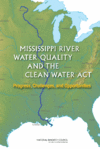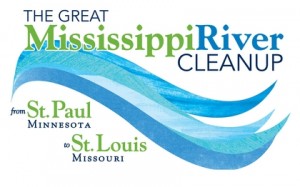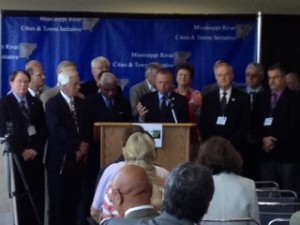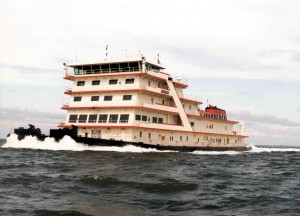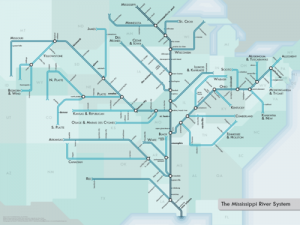The Pew Research Center and Elon University’s Imagining the Internet Center just released their 2014 predictions for the world’s internet interaction by 2025. Their findings: the internet will be invisibly interwoven into people’s daily lives all over the globe. There will be increased access, more relationships, and people will be better informed.
 It’s time to get on board this progress-train and use it for the future of the Mississippi River.
It’s time to get on board this progress-train and use it for the future of the Mississippi River.
One of the most dazzling of the research’s implications for the Mississippi River, “The spread of the ‘Ubernet’ will diminish the meaning of borders, and new ‘nations’ of those with shared interests may emerge and exist beyond the capacity of current nation-states to control.”
While the authors are talking governance of nations, the same holds true for the governance of waters.
The marketing representative on the panel assembled by Pew and Elon gives his take: “From climate change to disease control, from water conservation to nutrition, from the resolution of immune-system-weakness conditions to solving the growing obesity problem, the answer lies in what the Internet will be in decades to come.” The panel also speculated that political awareness and action will be facilitated leading to more peaceful change.
On the Mississippi River, we need to harness these trends. For nearly a generation, we’ve known we needed to overcome jurisdictional boundaries and place-based solutions in favor of integrated approaches. The course of the internet’s development allows us to tap information and engagement to achieve this goal, even for a watershed as large as the Mississippi River’s.
So what’s holding us back? Our work-place systems and our work habits keep us returning to the same old meeting formats in rooms with projectors talking AT those who can afford either the time or the travel to attend, leaving out regional and community leaders with a stake in the River’s future. These behavior patterns are slow to change. Regulators continue to gather input AFTER they’ve introduced possible change. There is still restraint for tapping public input DURING formative deliberation. This can and needs to shift to the present for the Mississippi River’s sustainable future.
The tools for integrated watershed approaches for the Mississippi River watershed are available. Inclusive, facilitated, on-line collaboration such as Ethelo and Athenabridge produce boundary-less discussions based on interest areas, rather than geo-political watershed regions. Debategraph, a web-based, collaborative, idea-visualization tool uses on-line mapping to break down complex issues and arrive at consensus for the future. And the California Report Card enhances timely, direct communication and response between the public and leaders on important issues in that large and complex state. In addition, the engineering professions are introducing a process to ensure infrastructure – both on watersheds and throughout the country – adheres to standards for stakeholder participation to plan for the future. A look at our proposed National Dialogue for America’s Waterway reveals the use of many these combined.
The Pew and Elon Report speculates on how our future will be impacted by the Internet. Their predictions send a message to those of us working on the Mississippi River to acknowledge these developments and connect and activate them for the kind of integrated water resource management we wish for America’s great river. The future is upon us.

